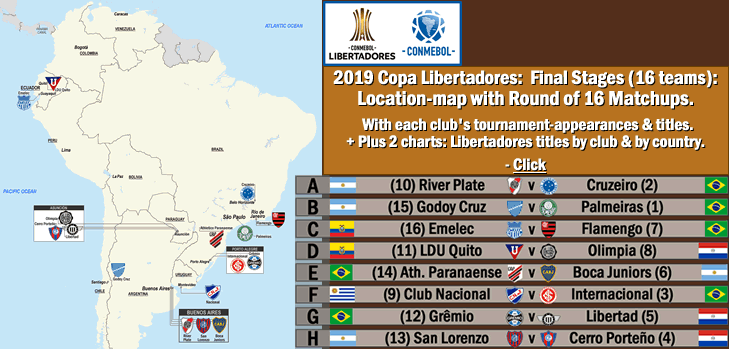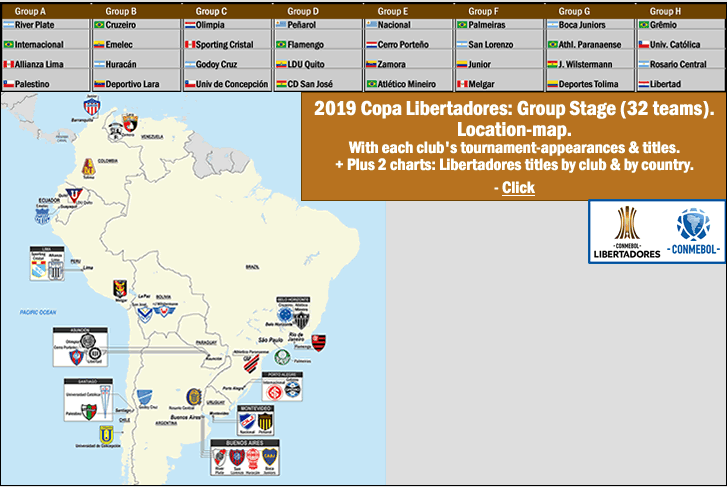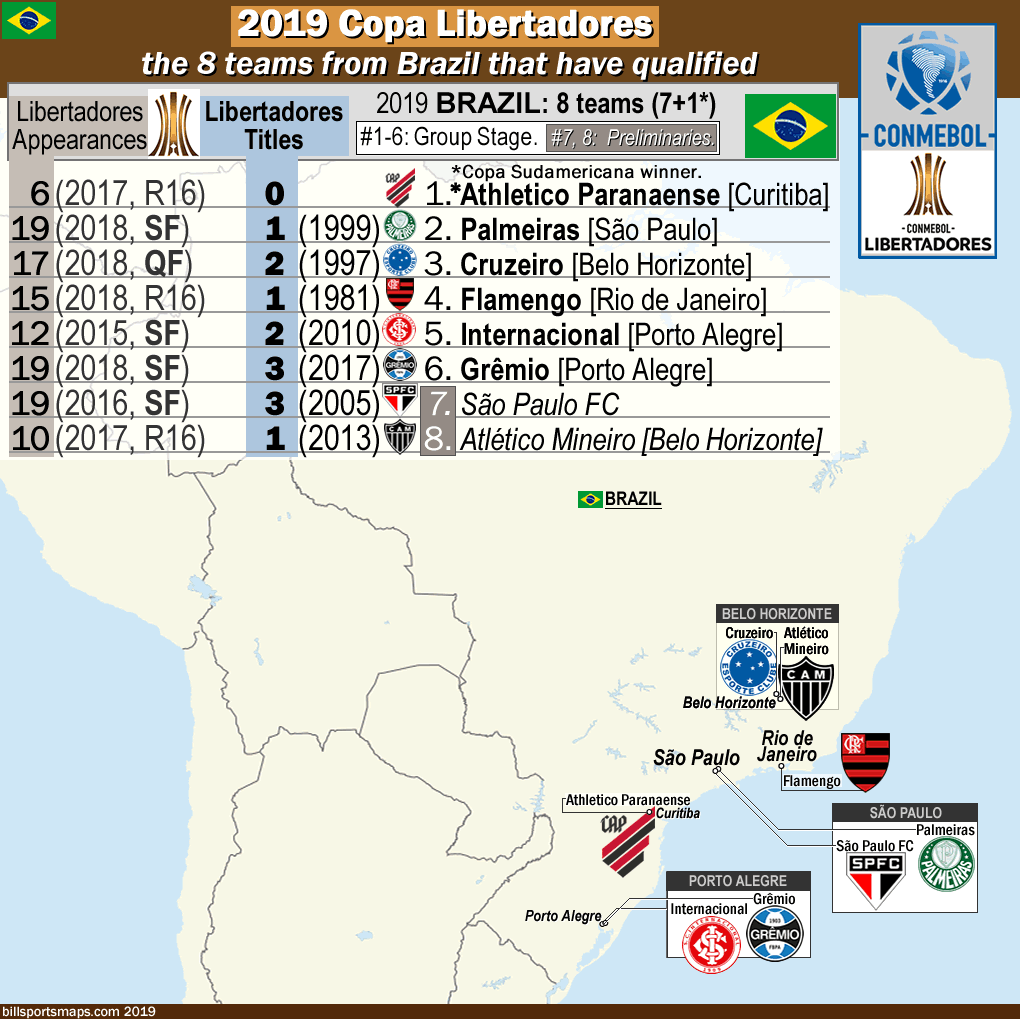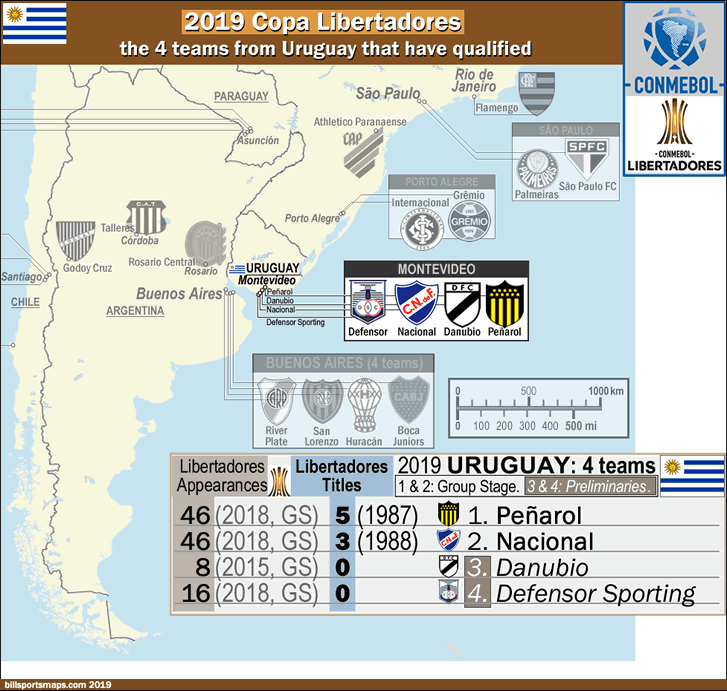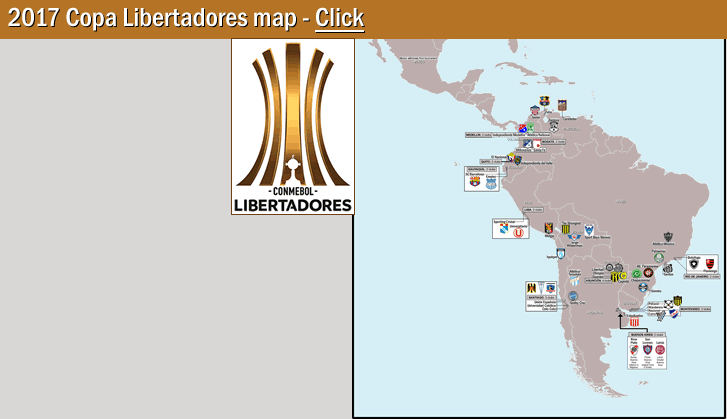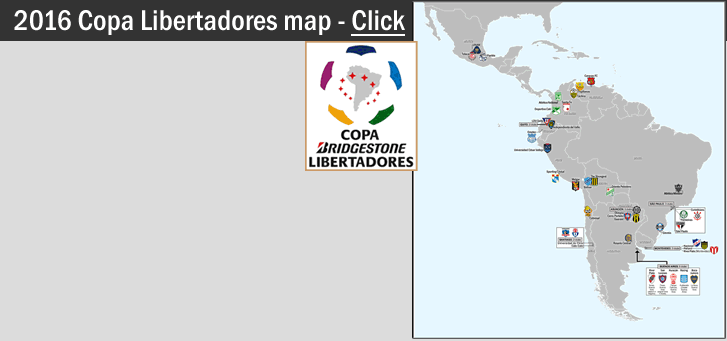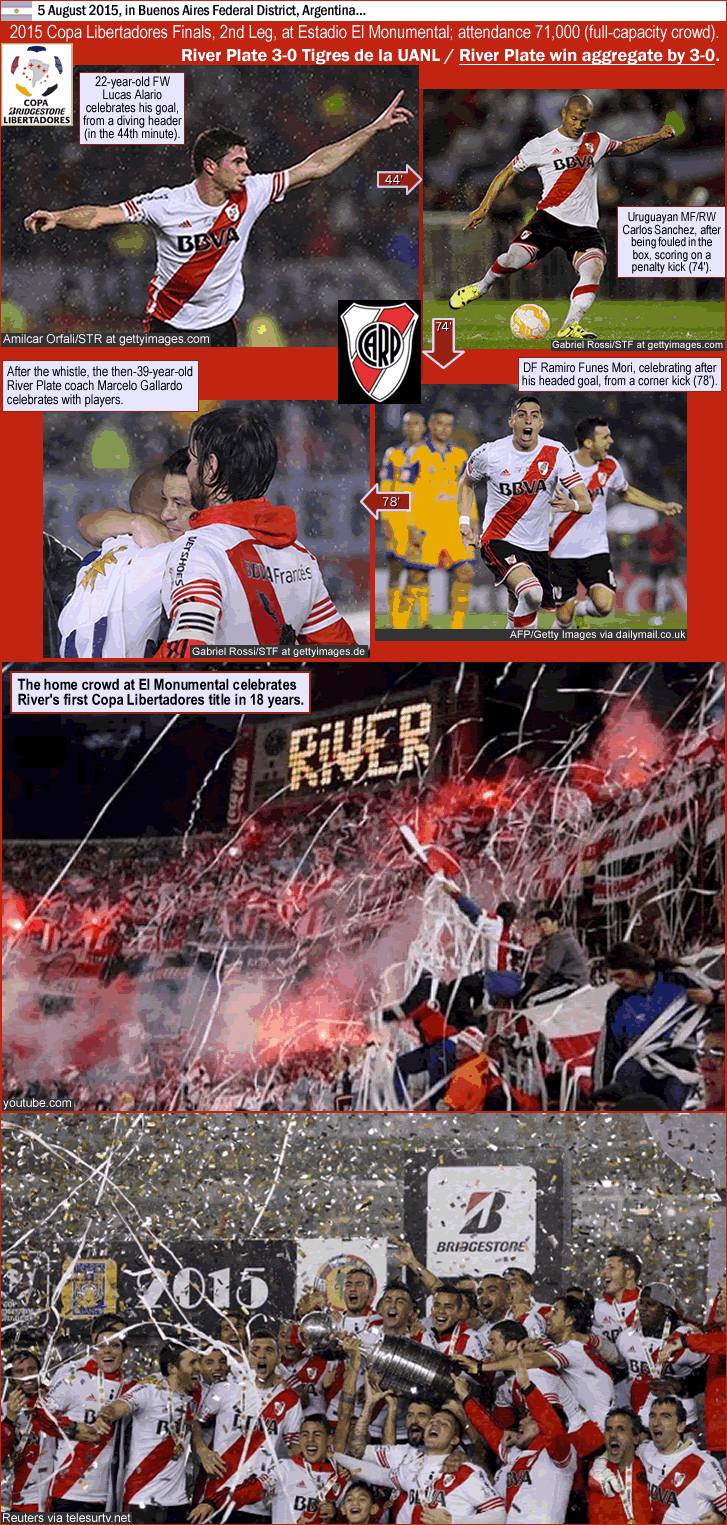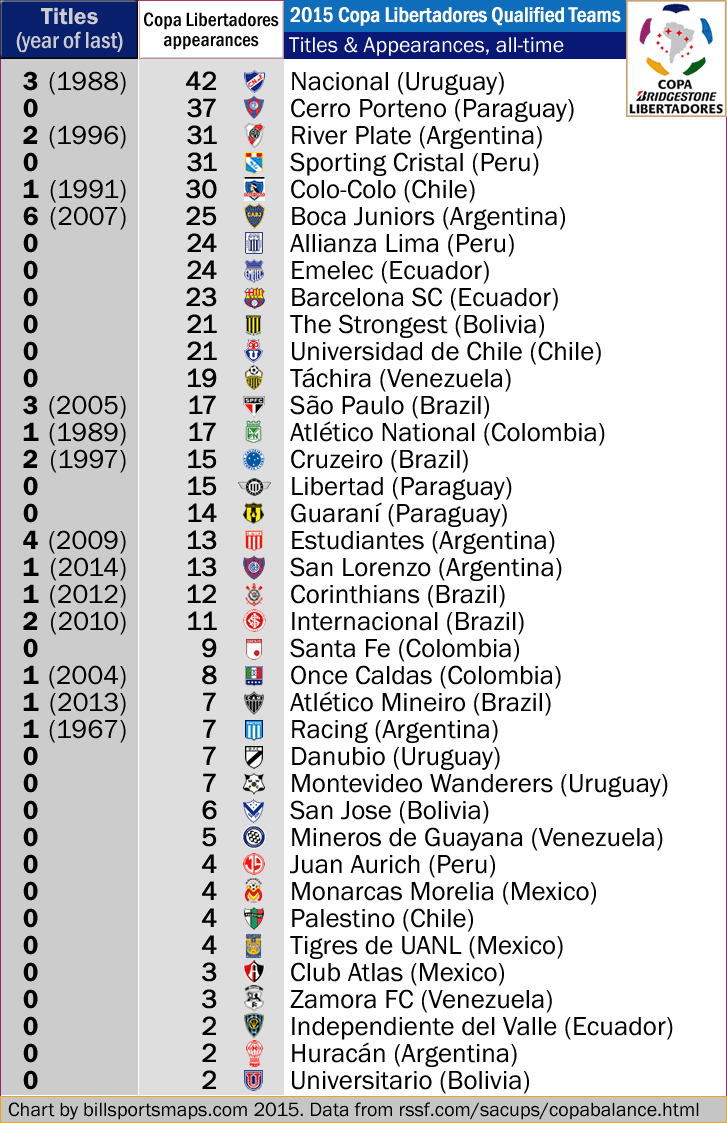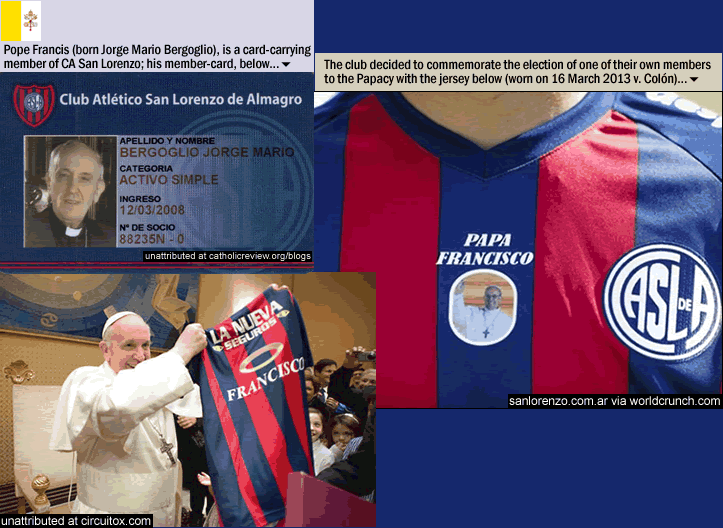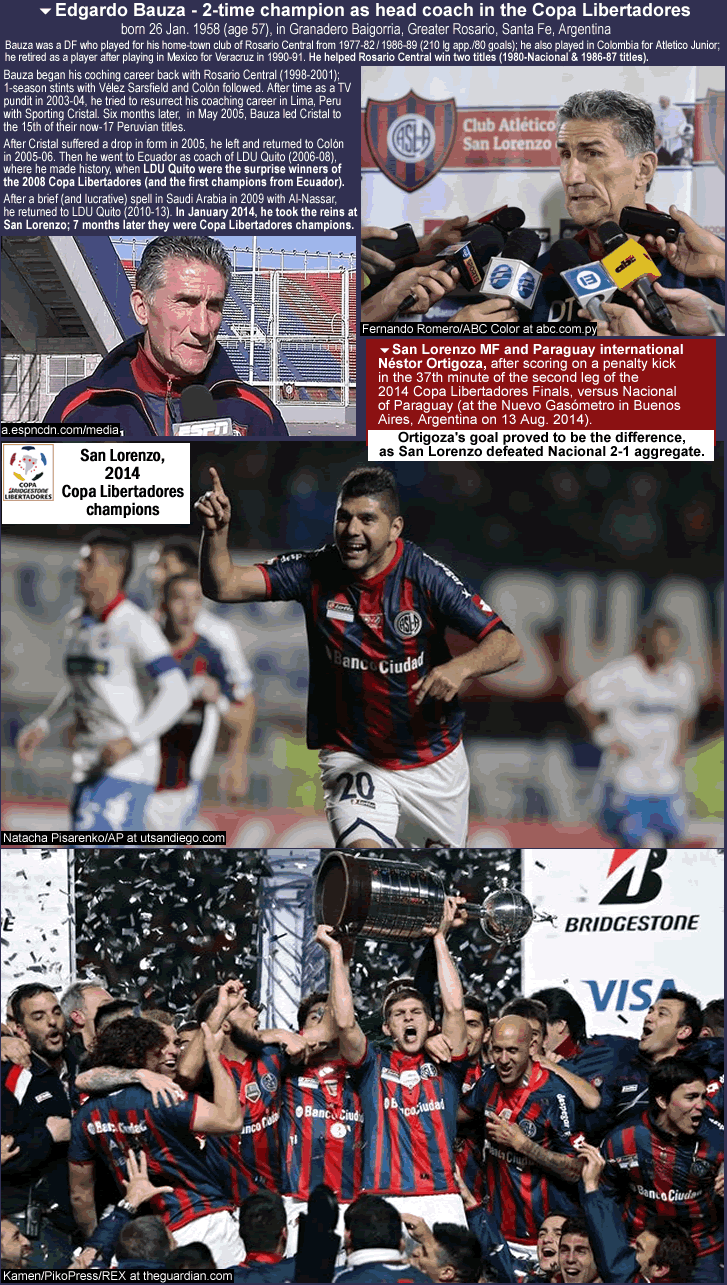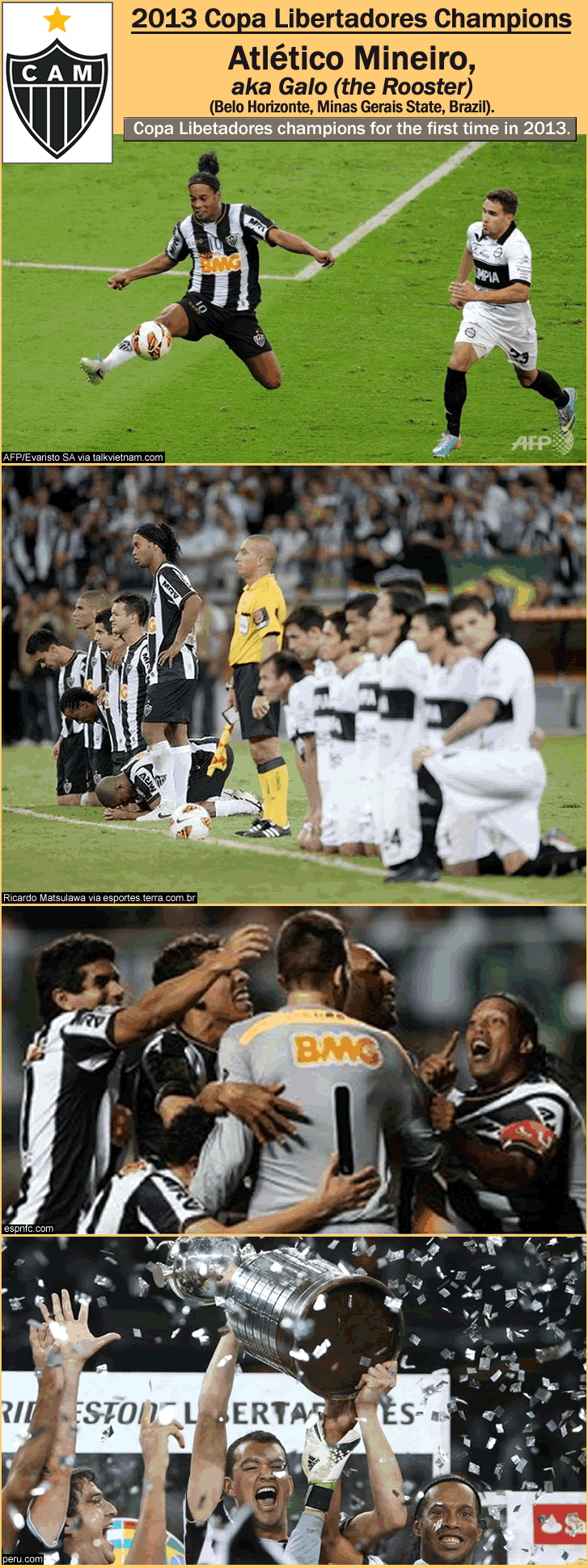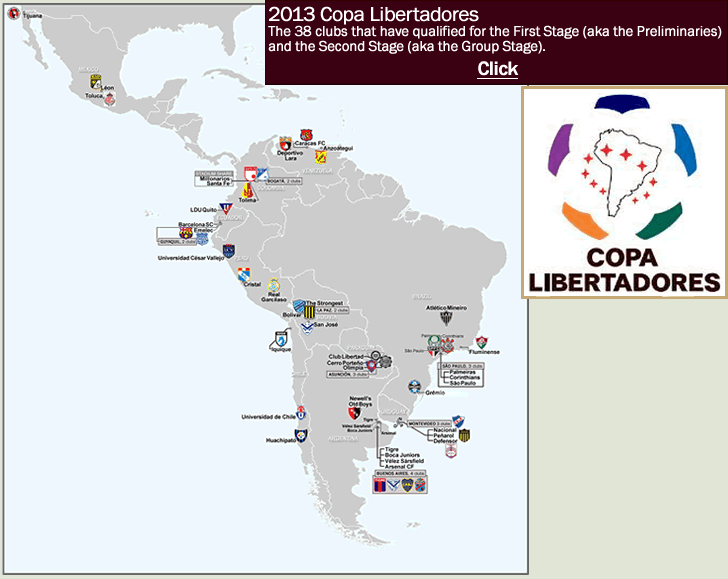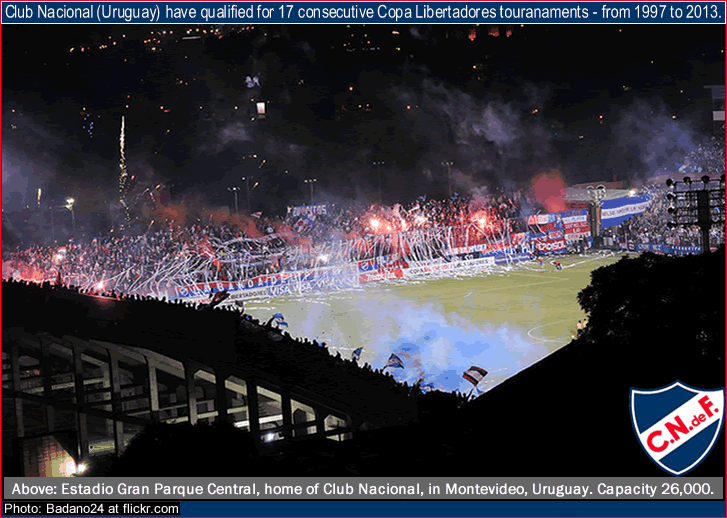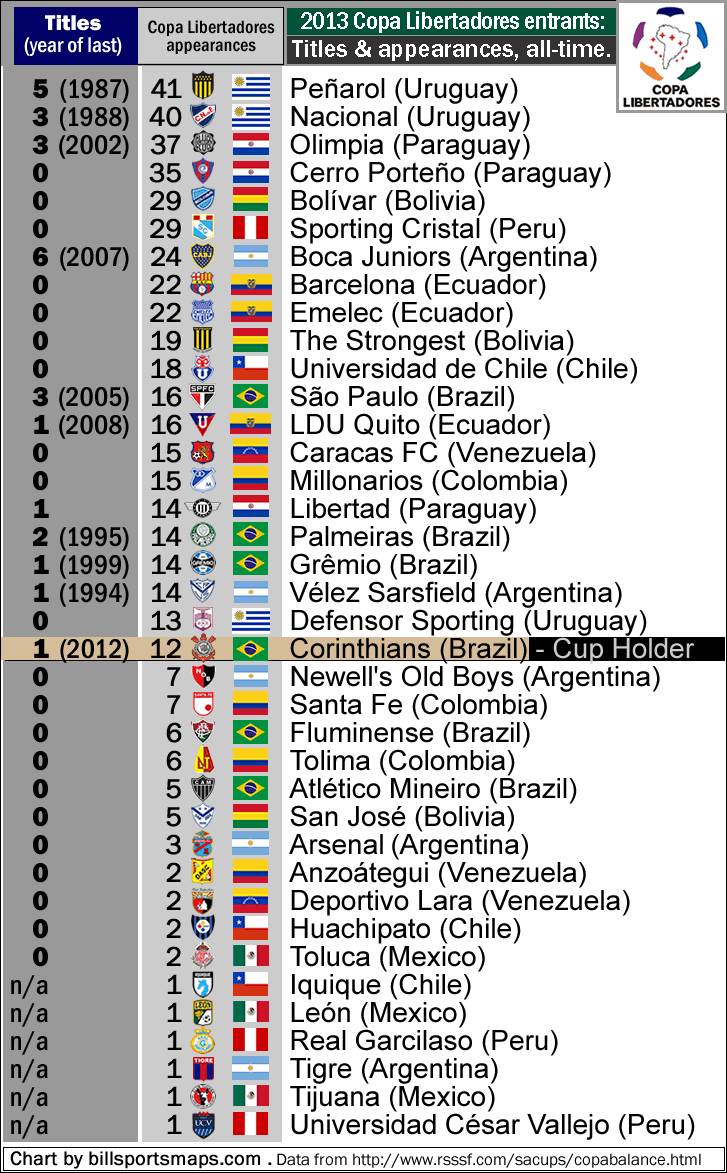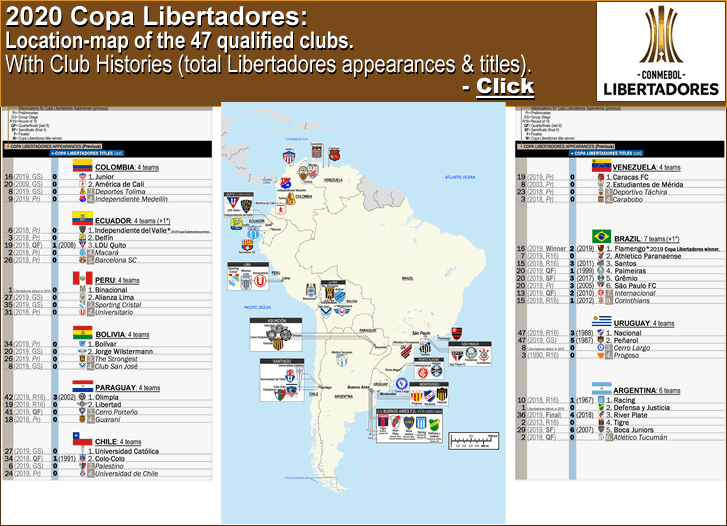
2020 Copa Libertadores: location-map for the 47-team tournament, with Club Histories (Libertadores appearances & titles listed)
…
…
By Bill Turianski on 12 January 2020; twitter.com/billsportsmaps.
Links/Sources…
-2020 Copa Libertadores (en.wikipedia.org).
-Copa Libertadores 1960-2019 Club Histories (rsssf.com).
-Schedule is listed at the foot of this post, or click on the following…2020 Copa Libertadores schedule. As I did last year, I will post an updated map for the Group Stage, around the 1st of March; then I will post a map/chart for the the Final Stages when the Round of 16 starts, around the 15th of August.
…
- 2020 Copa Libertadores…the 61st edition of South America’s most prestigious fútbol competition.
Shown on the map are the 47 teams that have qualified for the 2020 Libertadores (including the 28 teams which have qualified for the Group Stage of 32). This map includes the preliminary-stage teams: there are 19 preliminary-stage teams…and only four of those 19 teams will advance to the Group Stage.
Qualified teams by country:
Brazil has 8 teams (7+ Copa Libertadores holder).
Argentina has 6 teams.
Ecuador has 5 teams (4+ Copa Sudamericana holder).
The seven other countries all have 4 teams each, in the tournament (Uruguay, Colombia, Paraguay, Chile, Peru, Bolivia, Venezuela).
(Note: Copa Libertadores winner in 2019 was Flamengo, of Rio de Janeiro in Brazil. Copa Sudamericana winner in 2019 was Independiente del Valle, of Sangolquí, Greater Quito, Ecuador.)
On the map page, teams are shown in the two flanking sections on either side of the map of South America, organized by country. Shown there, in the country-groupings, are each team’s all-time total Libertadores appearances (in the tan-colored column), and Libertadores titles (in the pale-blue-colored column). The year of each team’s last appearance and last title are shown alongside, in parentheses.
For the 2020 Libertadores, there are 9 cities with more than one team qualified, and those 9 cities are labelled, and the teams from those cities are shown in small boxes. Within these 9 city-boxes, the qualified teams are positioned to reflect their location within the city (ie, western-most qualified team in the city is on the left; northern-most team is higher up, etc.).
At the far left of the map-page is a chart that shows the Libertadores titles list by club (25 clubs have won the Libertadores title). At the far right is a chart that shows the Libertadores titles list by country (of the 60 Libertadores titles, 25 have been won by Argentine teams, and 19 have been won by Brazilian teams).
Finally, at the top is a banner which includes the reigning champions, Flamengo, of Brazil. On the 23rd of November 2019, in Estadio Monumental in Lima, Peru, Flamengo won their 2nd Libertadores title by beating River Plate (of Argentina) 2-1. Two very late goals by Flamengo’s Gabriel Barbosa won the title for Flamengo. (Flamengo’s first Libertadores title was won in 1981.)
…
Schedule: {2020 Copa Libertadores schedule.}
The Preliminaries (3 stages) start on 21 January…
Within each country, the top-ranked spots get a bye to the Group Stage. But the 19 lower-ranked spots must play in the 3 Preliminary Stages. The Preliminary spots are portioned out two-per-country, except for 1 preliminary-spot in the country of the Cup Holder (Brazil, this year).
On the Country Lists, the 19 teams that comprise the Preliminary rounds are shown in italics. From these 19 lowest-ranked qualifiers, only 4 will qualify for the Group Stage of 32. The three Preliminary rounds last a little over a month (ending on the 27th of February).
The Group Stage (of 32) begins on 3-5 March (1st game-week)…
The Group Stage lasts 2 months, and has 6 game-weeks, with the final game-week played on 5-7 May.
___
Thanks to all at the links below…
-Globe-map of South America by Luan at File:South America (orthographic projection).svg (en.wikipedia.org/[South America]).
-Blank map of South America by Anbans 585 at File:CONMEBOL laea location map without rivers.svg (en.wikipedia.org/[2018 Copa Libertadores]).
-2020 Copa Libertadores (en.wikipedia.org).
-Copa Libertadores 1960-2019 Club Histories (rsssf.com).
-Libertadores titles list {en.wikipedia.org/wiki/Copa_Libertadores#Performances_by_club}.
